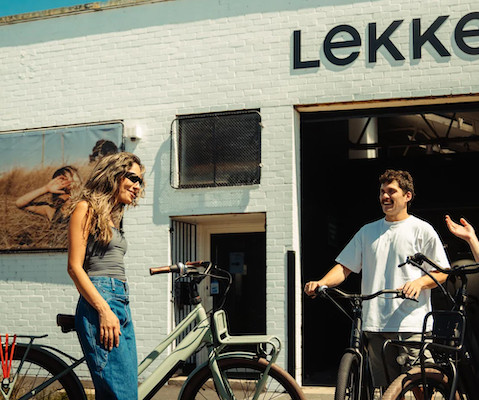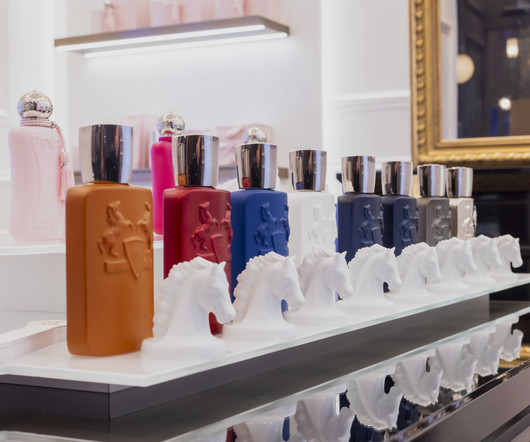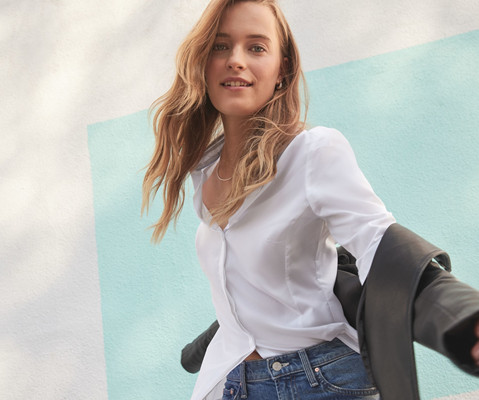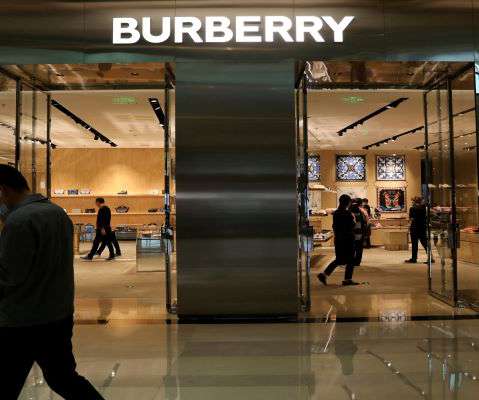Why Dutch-style bike brand Lekker is embracing e-bikes and retail partners
Inside Retail
MAY 1, 2024
It is removing all non-electric bikes from its offering and reversing course on its direct-to-consumer strategy as it looks to expand its market share. Localised design Lekker adapted the build of its product offering to suit the Australian market and consumer preferences which contrast with the European markets.












Let's personalize your content